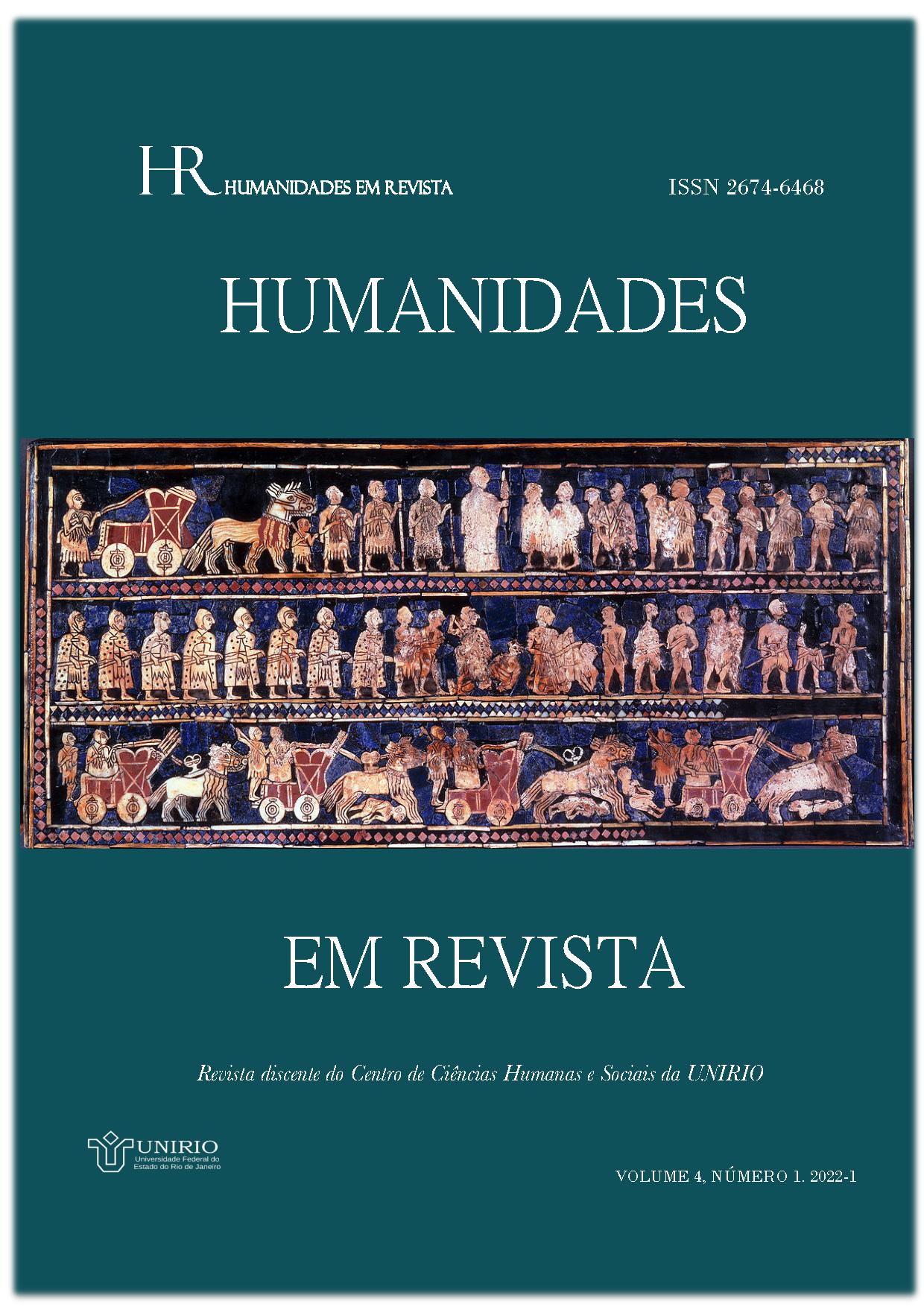MUDANÇAS E PERMANÊNCIAS NOS RITUAIS FÚNEBRES NO INTERIOR DA PROVÍNCIA DA PARAHYBA DO NORTE EM TEMPOS EPIDÊMICOS (1854 – 1859).
Keywords:
Cólera-morbo, Epidemia, Morte, Parahyba do Norte, Século XIXAbstract
In Parahyba, the context of the cholera-morbus epidemic (1855/1856) accelerated the process of expelling the dead from the world of the living. The construction of cemeteries was also triggered by the representations by physicians of corpses as one of the main causes of the disease. This paper aims to understand how this change in funeral rituals took place in the interior of the province of Paraíba through a comparative analysis at Villa do Pilar, the Villa de São João do Cariri, the Villa de Cuité and the village of Teixeira, between 1854 and 1859. Asking how people died in each of these localities in different spaces of the same province, some obituaries elaborated during this time will be compared. Addressing death records, it is possible to get information about the reception of the sacraments, the colour of the shroud, the commendation of the body, the burial place and the death cause. In doing so, local specificities and changes will be taken into account, without losing sight of continuities It is possible to see that in plague times, the dying people were often abandoned, and their dead bodies were piled up and burned, or thrown unceremoniously into mass graves, thus transgressing some funeral rites proper to a good death. Bad death was prevalent; when dozens of people dying every day, there was no time for the care and preparation prescribed by Christianity.
Downloads
Published
How to Cite
Issue
Section
License
Copyright (c) 2022 Laércio de Araújo Sousa Júnior

This work is licensed under a Creative Commons Attribution-NonCommercial-NoDerivatives 4.0 International License.
Os direitos autorais de qualquer trabalho publicado na Revista pertencerão aos autores. Não haverá qualquer pagamento pela publicação na Revista e a aceitação dos originais implicará na aceitação das condições descritas nas informações sobre a revista constantes do escopo e de todas as regras apresentadas, assim como o respeito à legislação e às normas vigentes concernentes a publicações. A UNIRIO e seus entes subordinados não se responsabilizarão por quaisquer equívocos, questões e contendas entre autores, participantes e/ou entes institucionais que sobrevenham às publicações. O e-mail do autor será disponibilizado no trabalho.
A revista oferece acesso livre imediato ao seu conteúdo, seguindo o princípio de que disponibilizar gratuitamente o conhecimento científico ao público proporciona maior democratização mundial do conhecimento, sempre dentro dos limites da legislação de direito de autor e de direitos conexos. É adotada a licença Crative Commons do tipo “Atribuição-Não Comercial-Sem Derivações 4.0 Internacional (CC BY-NC-ND 4.0)”, acessível em: https://creativecommons.org/licenses/by-nc-nd/4.0/legalcode.pt , segundo a qual, em linhas gerais, é permitindo fazer o download dos trabalhos e o seu compartilhamento para fins educacionais, desde que sejam atribuídos os créditos a seus autores, citando também o repositório dos trabalhos, e sem que se possa alterar o material de nenhuma forma ou utilizá-lo para fins comerciais.





 Qualis/CAPES 2017- 2020 B4
Qualis/CAPES 2017- 2020 B4 Diretório das revistas científicas eletrônicas brasileiras
Diretório das revistas científicas eletrônicas brasileiras




